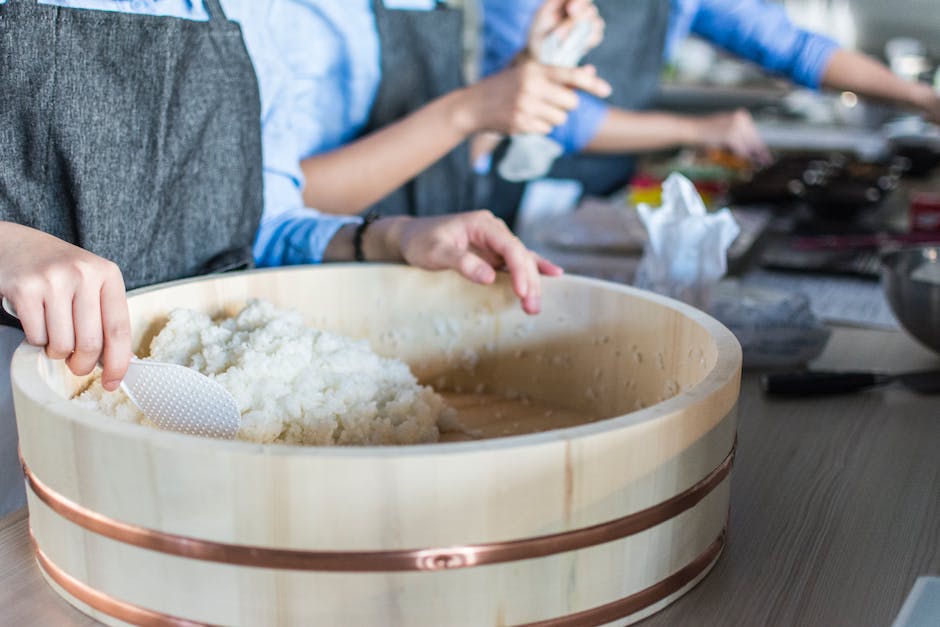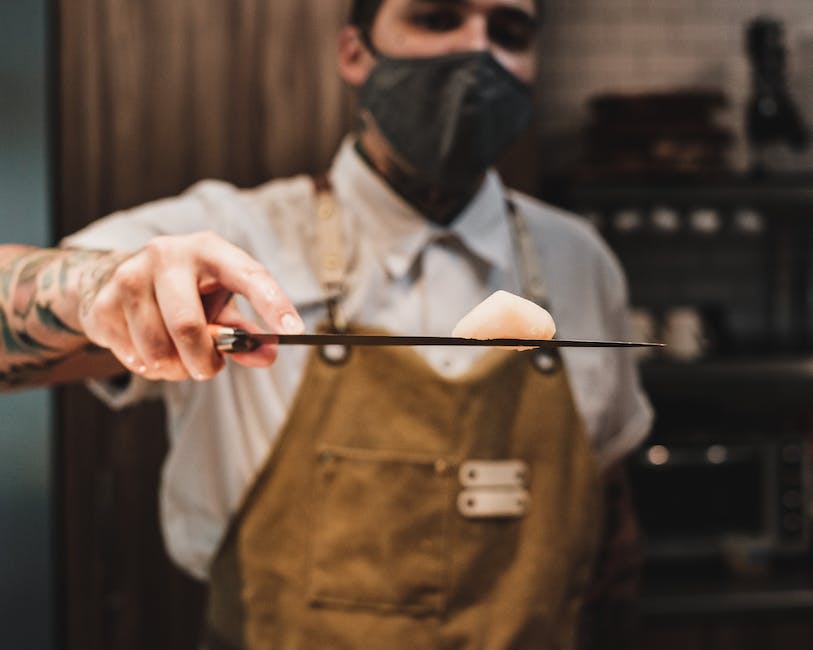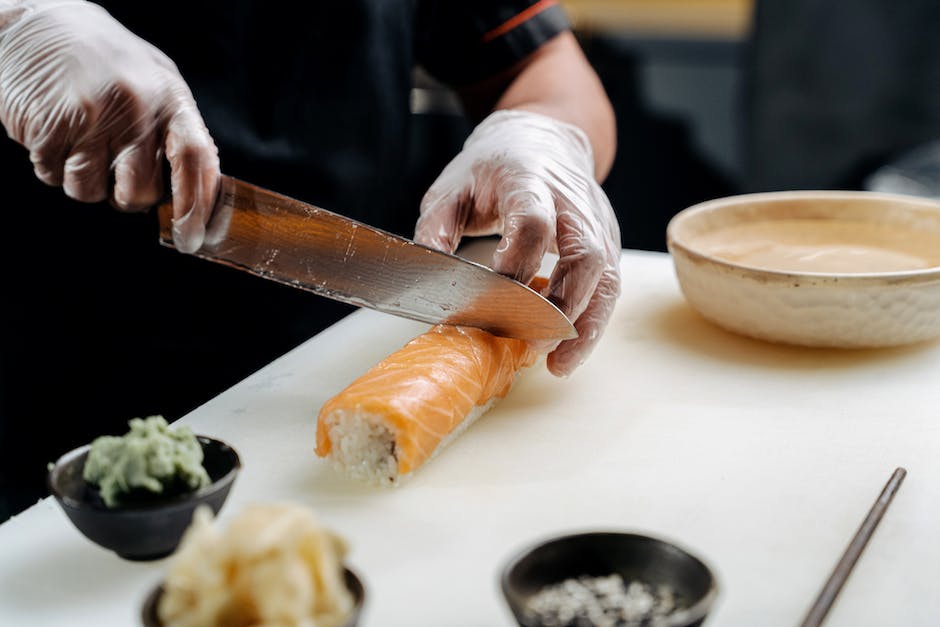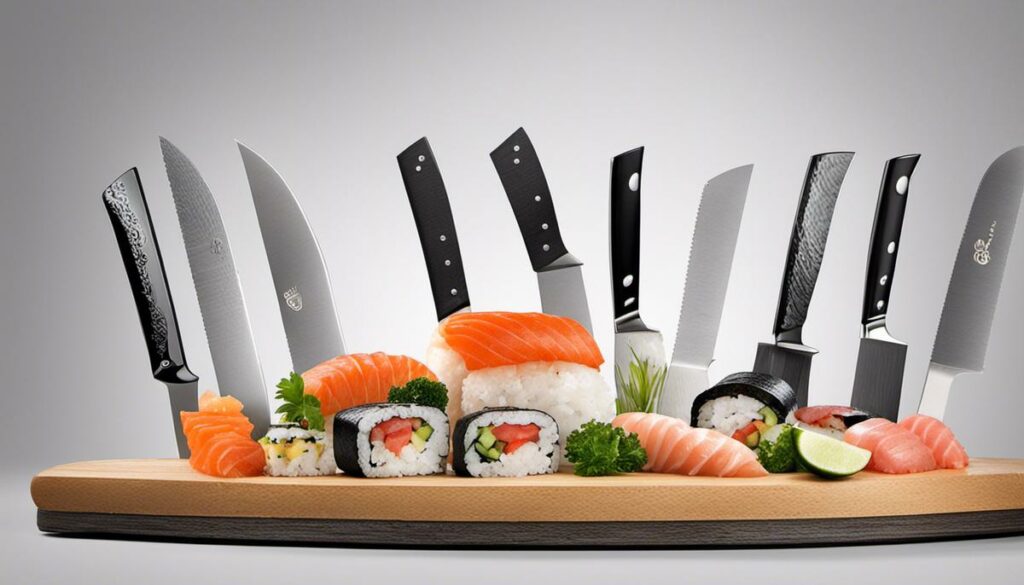When it comes to the art of sushi preparation, the right tools play a crucial role. The more capable the chosen knife, the better the result will be. But what actually makes a good sushi knife? It is a combination of features and properties that play their respective roles in terms of conformity, cut quality and durability. In addition, correct care is also crucial to ensure the longevity of the knife and to positively influence the quality of the prepared sushi. Lastly, of course, one should master the correct technique when cutting in order not only to ensure one’s own safety, but also to achieve a first-class presentation of the finished sushi.
Sushi Knife Types
Top-notch Sushi Knife Arts: An Essential Guide
When we talk about sushi, we encounter not only an unstoppable culinary craze, but also a high art form. This harmonious union of fish and rice is imbued with a consummate aesthetic that can only be achieved by using the right tool: the knife. Sushi knife skills are both the edge and the heart of any first-class sushi preparation.
When we talk about sushi knives, we typically come across three varieties: the Yanagiba, Deba, and Usuba.
The “Yanagiba” is specially designed for cutting raw fish. Its long and narrow blade allows it to glide through the fish’s delicacy and produce precise, clean cuts. Its design allows the user to make entire cuts in a single pulling motion, which is essential to preserve the integrity of the fish.
“Déba”, on the other hand, are thick and sturdy. They are typically used for portioning fish and cutting fish heads. Their sturdy construction makes them ideal for heavy-duty use, and they can also be used to chop small bones due to their sturdiness.
“Usuba” Knives have a thin, square blade that is specifically designed for cutting vegetables. They are ideal for making fine, precise cuts and are an essential tool for any sushi chef.
These three knives have their own unique functions, and each of them is crucial to the sushi preparation process. Although high quality and accuracy are important, it is equally important to remember the safety rules when handling these knives. The sharpness of the blade should not be underestimated.
Sushi is cleverly constructed, not only in the culinary senses but also in the aesthetic senses, and choosing the right knife is a crucial factor in bringing out this refined art form. Accordingly, the perfect preservation of the beauty and freshness of the food is just as important as the presentation on the plate. This is exactly where the sushi knives play a crucial role. Sink deep into the world of knife art and let your sushi horizons expand!
Take part in this culinary journey to discover the impressive interplay of cutlery and art in its purest form!

Caring for a Sushi Knife
Quality and cleaning of sushi knives
An indispensable tool in the art of sushi preparation, are high-quality sushi knives with perfect sharpness. It’s no wonder that their care and maintenance is the key to longevity! With basic, regular cleaning and minimal maintenance, you can ensure that your knife is always in tip-top condition.
Let’s start with cleaning: the knife must be cleaned after each use. Avoid harsh chemical cleaners and dishwashers – this can damage the blade and reduce its sharpness. Instead, it is recommended to use warm water and mild detergent, and to gently clean the blade by hand.
Care and Maintenance
Proper care starts with drying. Sushi knives should always be dried by hand to prevent corrosion – especially with knives made of carbon steel. Store your knife in a dry environment to prevent moisture and therefore rusting.
Use your sushi knife only on a suitable cutting surface. A hard surface such as glass, stone or metal can cause serious damage to the knife. Bamboo and wood, on the other hand, are ideal.
Also, pay attention to the storage options for your knife. A wooden scabbard, the so-called saya, offers the best protection. It protects the blade from external damage while keeping it dry.
Sharpening Your Knife
Ultimately, the most important thing is to sharpen the knife regularly. This is where Western and Japanese knives differ. While Western knives are sharpened on both sides, the Japanese sushi knife is only sharpened on one side. Use a high-quality whetstone and oil the blade after each sharpening to ensure its longevity.
The sushi master knows that every detail is important. Regular care and maintenance of sushi knives is a testament to the art and craft behind every delicious sushi bite. After all, the quality and presentation of a sushi dish starts with the right tools – and how to preserve and care for it.

The right cutting technique
The Proper Handling of a Sushi Knife: An Introduction to the Essentials
In the fascinating world of sushi preparation, sushi knives play a crucial role. They are not only simple kitchen appliances, but also works of art – a fusion of aesthetics and function. Below are some tips and tricks to handle your sushi knife and use it properly.
Let’s start with the cutting process. Once you’ve learned how to use a sushi knife, you’ll notice the difference immediately. A clean, precise cut is a must for any sushi preparation. You always have to drag the knife through the sushi in a quick, fluid motion, always from the tip of the blade to the base and never saw back and forth.
When cutting sushi, posture plays an important role, so you should pay attention to how you hold the knife. Avoid pressing the knife too hard, and instead try to apply constant, light pressure to the entire blade. Your fingers should be close to the handle and far away from the blade to avoid injury.
In terms of care, it is important to always keep your knife clean and dry, as this will help to extend the life of the knife and prevent rusting. After each use, you should gently clean the knife with warm water and a mild detergent, then dry it immediately.
Now let’s look at sharpening the knife. A sharp knife is a lucky knife – this sentence is especially true for sushi knives. When sharpening sushi knives, it is important to choose the correct sharpening angle. For starters, an angle of about 15 degrees is ideal. Hold the knife firmly but loosely in your hand and pull it over the whetstone in one smooth motion.
Finally, a few thoughts: always remember that your sushi knife is more than just a tool. It is an expression of craftsmanship and tradition, of love and care. With proper use and care, you can not only make the perfect sushi, but also preserve and pass on the beauty and legacy of Japan’s culinary culture. With every cut, with every bite, you become part of this unique tradition.

Mastering the skills and knowledge that come with the sushi knife takes time and dedication. However, it’s not enough to just have the right knife; it is also about understanding its characteristics, taking care of its care and managing it safely and efficiently. When all these elements come together, everyone, from beginners to professionals, can prepare exquisite sushi dishes while enjoying maximum pleasure and satisfaction.


